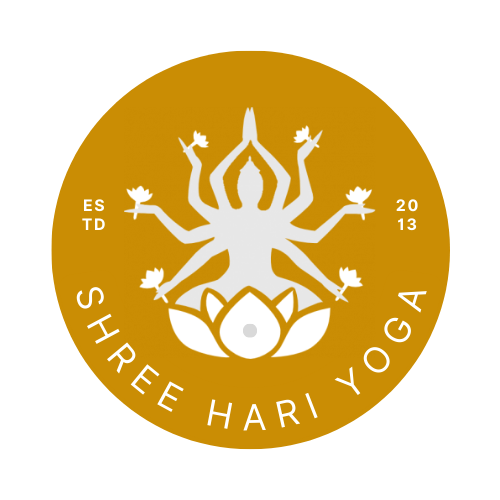Table of Contents
ToggleWhat’s Covered Well:
- Variety of Meditation Types: The content introduces major styles like mindfulness, loving-kindness, visualization, Zen, transcendental, kundalini, sound, etc.
- Clarity Between Guided & Unguided Meditation: A solid explanation for beginners.
- Core Techniques Explained: “Focused Attention,” “Noting,” “Letting the Mind Rest” etc. are well outlined with imagery and simple language.
- Stages & Practical Guidance: Especially helpful for beginners.
- FAQs: Covering common concerns and myths is a strong plus.
Suggestions for Improvement:
- Structure & Flow:
- Consider grouping types of meditation into categories like:
- Mindfulness-based
- Spiritual/Religious
- Energy-based
- Sound/Vibration-based
- Then describe each under its group for easier navigation and better SEO.
- Consider grouping types of meditation into categories like:
- Title Tags for Readability:
- Break down long text blocks using consistent subheadings.
- Examples:
- “ What is Meditation?”
- “ Guided vs. Unguided Meditation”
- “ Calming vs. Insight Meditation”
- “ Meditation Techniques You Can Try”
- SEO Enhancements (Yoast Premium tips):
- Add a clear meta description (~155 characters).
- Use your main keyphrase (“Types of Meditation”) in the:
- First paragraph
- At least one subheading (H2)
- Title (H1)
- Image alt tags (if any)
- Slug:
/types-of-meditation
- Call to Action:
- Add a section like:
- Consider Internal Linking (if on a blog):
- Link to articles on:
- Benefits of Meditation
- Beginner’s Guide to Mindfulness
- How to Meditate Daily
- Top Meditation Apps in 2025
- Link to articles on:





